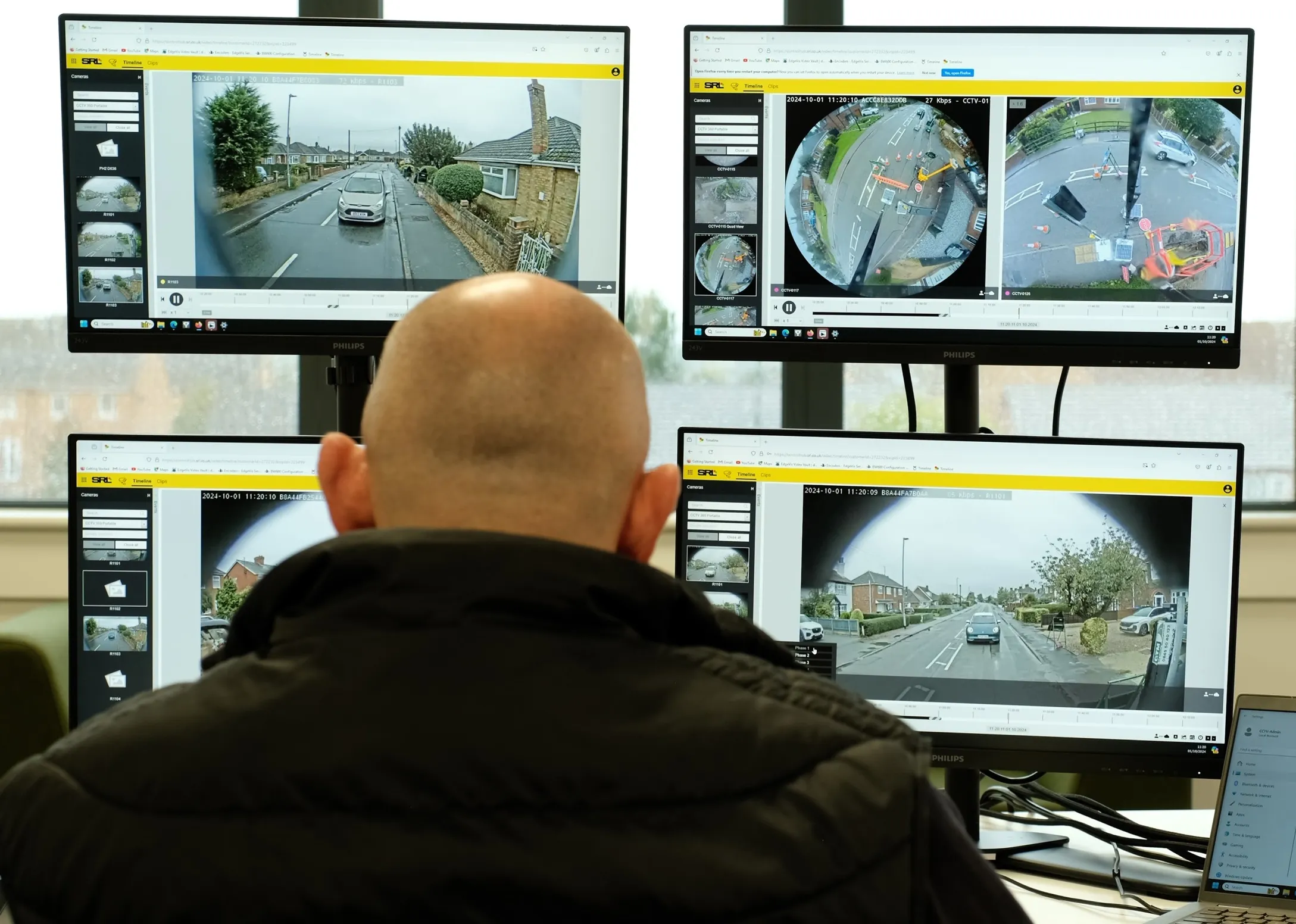
SRL Traffic Systems has launched two new products: portable traffic signal UltraLight and a remotely-operated signal solution called Remos.
UltraLight has achieved Topas 2540A compliance, which SRL says is "increasingly stipulated" in ITS contracts. The firm's variable message signs (VMS) are 2516D Topas-registered and SRL wants additional certifications for further product categories.
UltraLight has a 'competitive' run time and SRL says the longevity of the batteries’ bullet lock protection precludes the need for frequent exchanges.
This saves energy, time and money - and means road workers spend less time in potentially dangerous live highways situations.
It can be operated in all weathers, and is IP57 rated against water ingress. It incorporates SRL’s new radio acoustic wave stabiliser which minimises communication interference and has a new optimum size antenna ground plate that promotes reliable transmission and accurate telematic monitoring. It features as standard SRL’s enhanced adaptive detection system with automatic configuration.
The new product is also compatible with SRL’s Solar Plus, enabling customers to incorporate solar technology into their signals.
The second launch, Remos, is a scalable remotely-operated temporary signal solution designed to enable off-site operation at multiple locations, including in rural areas.
It is designed to minimise the number of personnel stationed on site in live traffic lanes, with one operative able to manage several sites, monitoring traffic flows and making frequent interventions to prevent and eliminate bottlenecks.
It boasts bandwidth compression technology, thus reducing video image streaming costs, SRL insists, and offering clear line of sight on all approaches.
Remos incorporates temporary traffic signal boxes, a Remos signal head with built-in CCTV cameras, plus a remote traffic management control box (RTMC) and SRL Control Hub subscription. The new solution has been trialled and will be piloted early in 2025.









